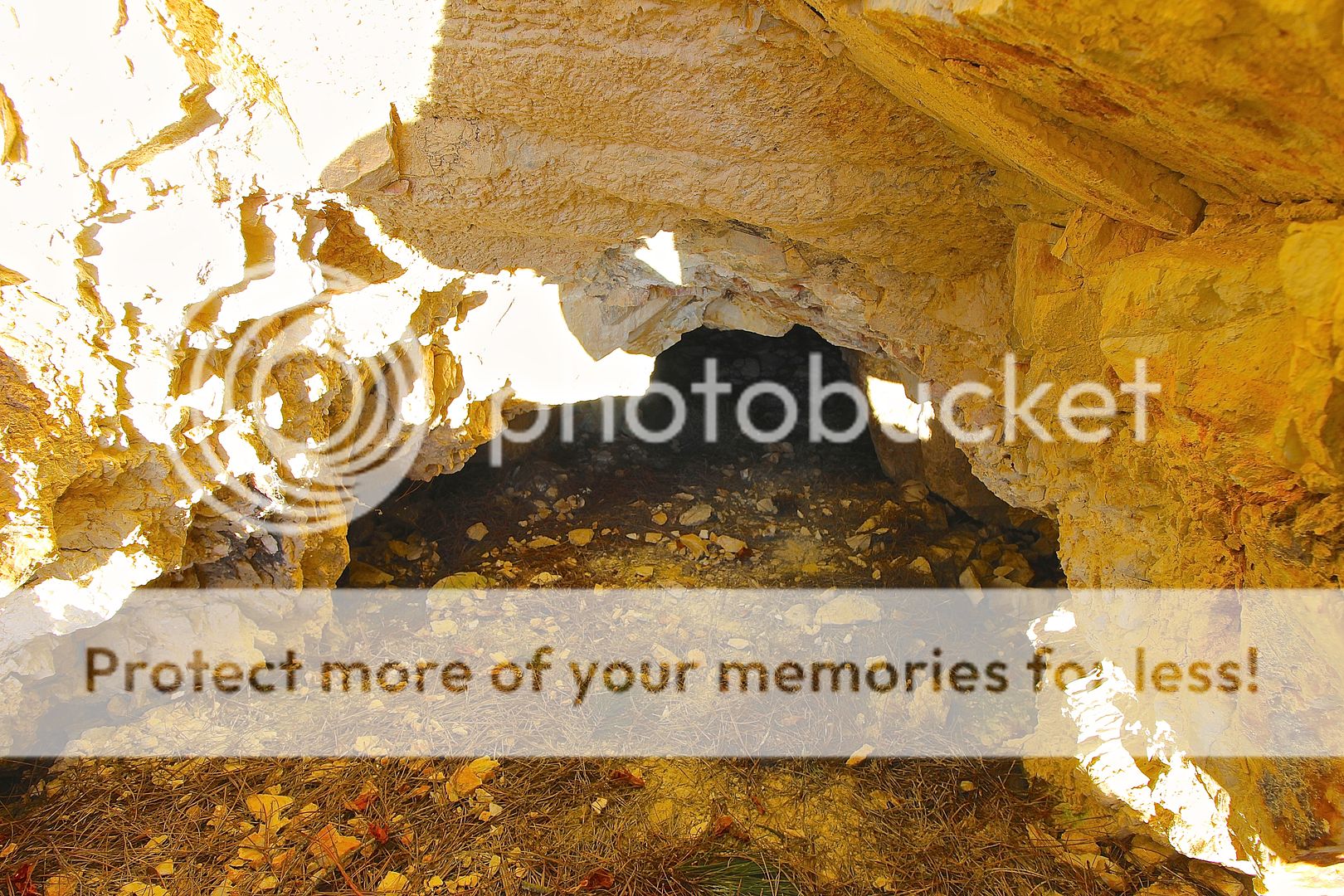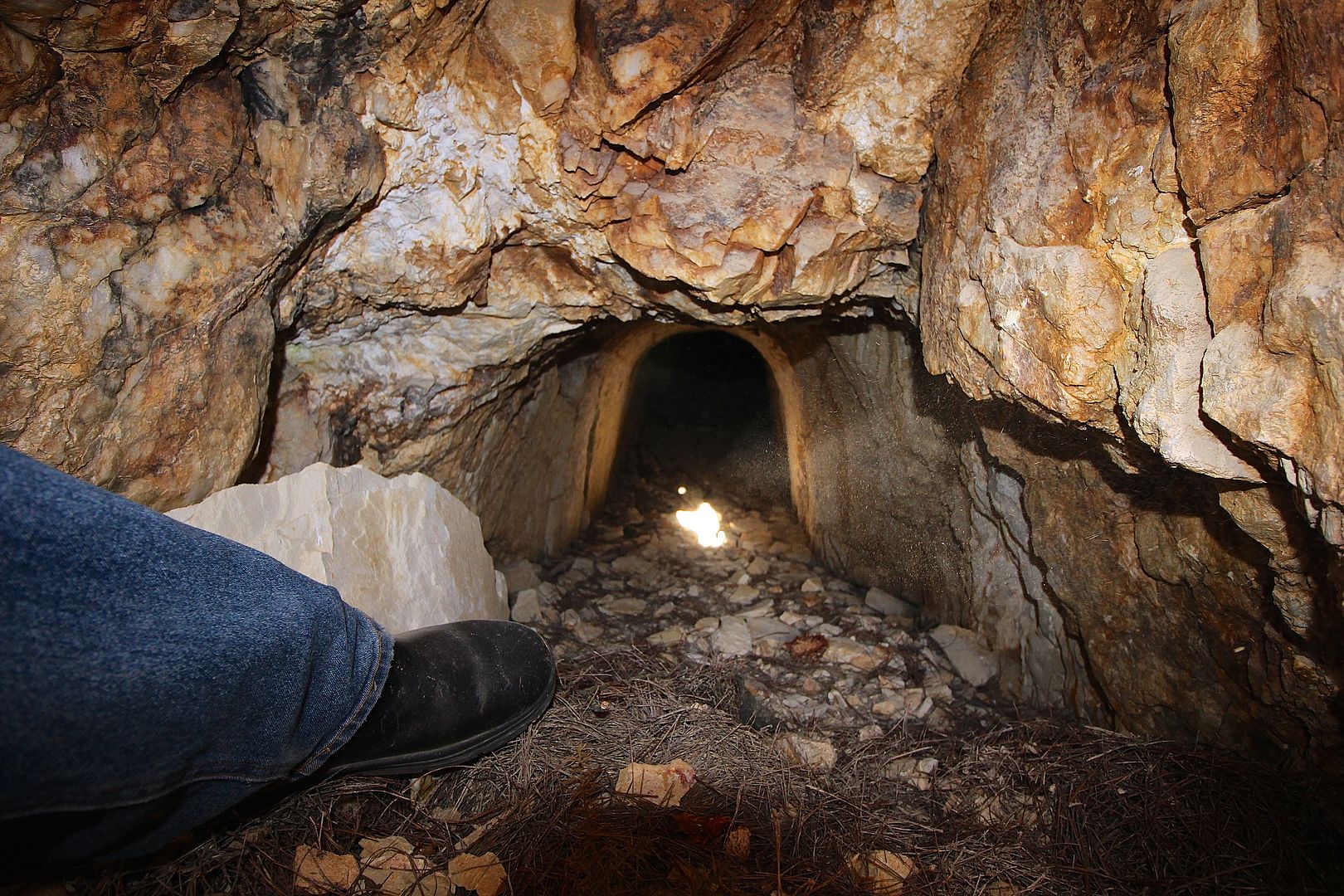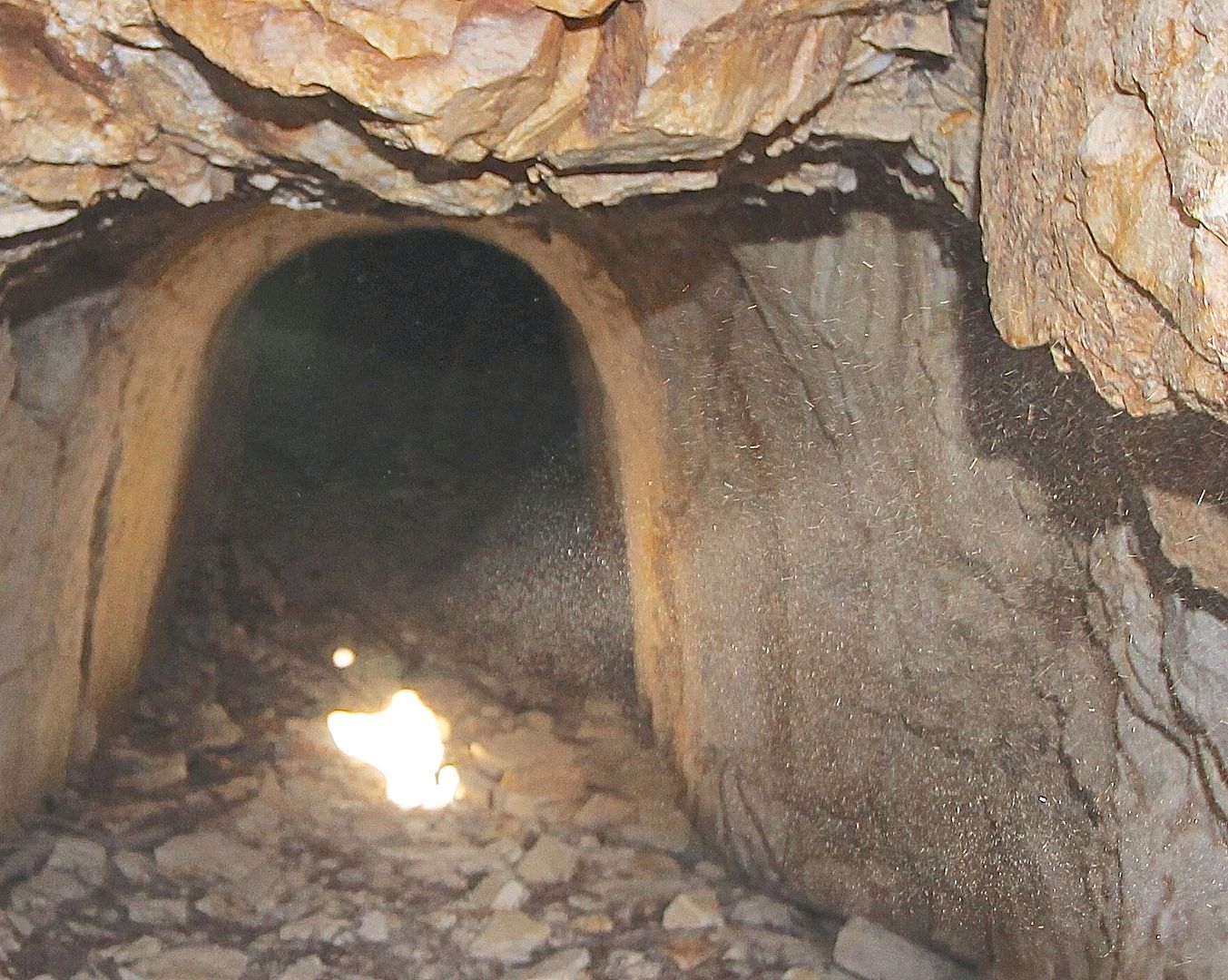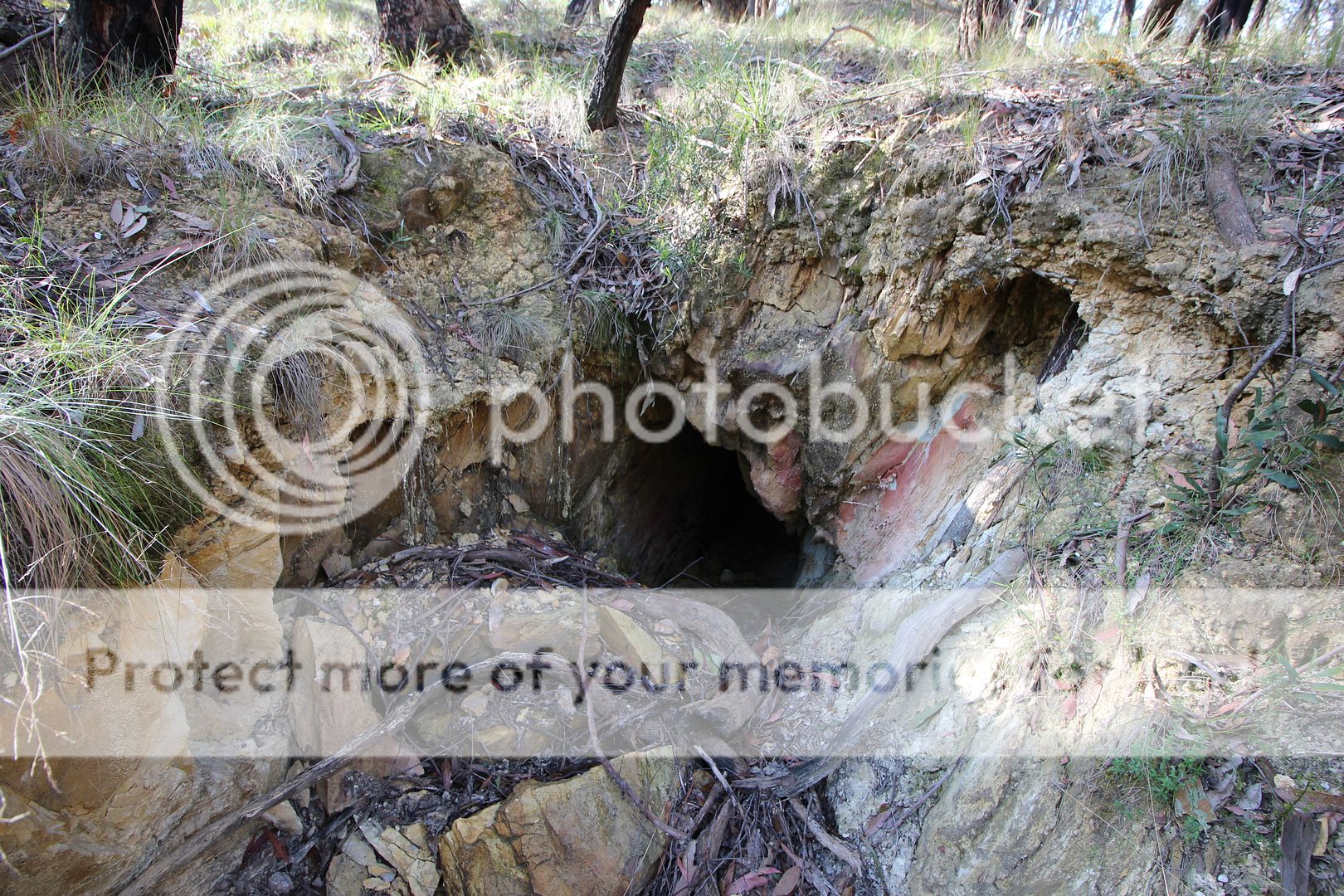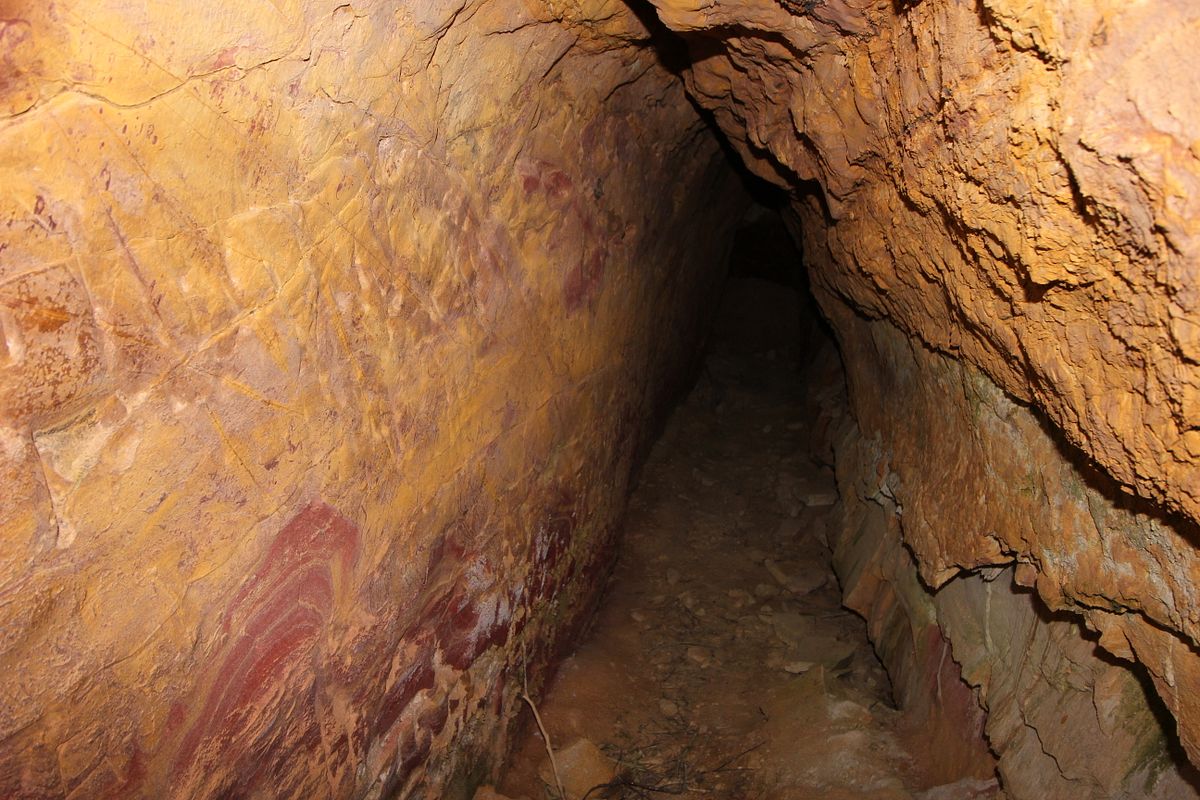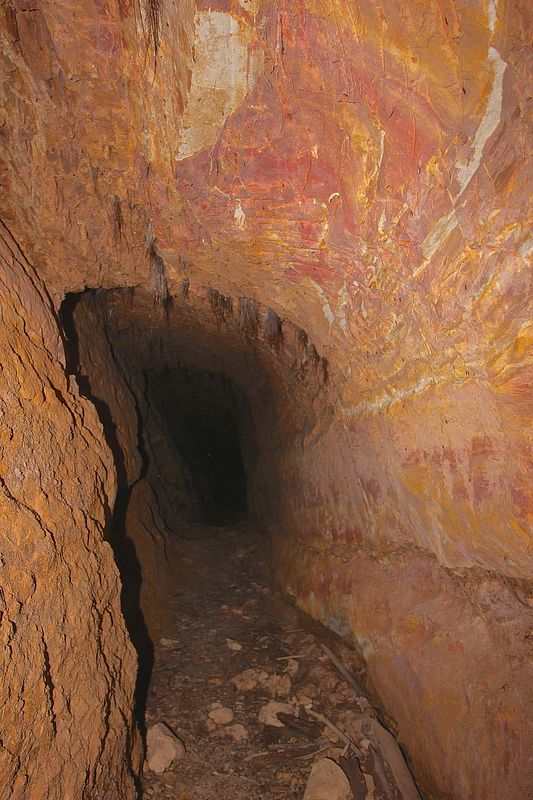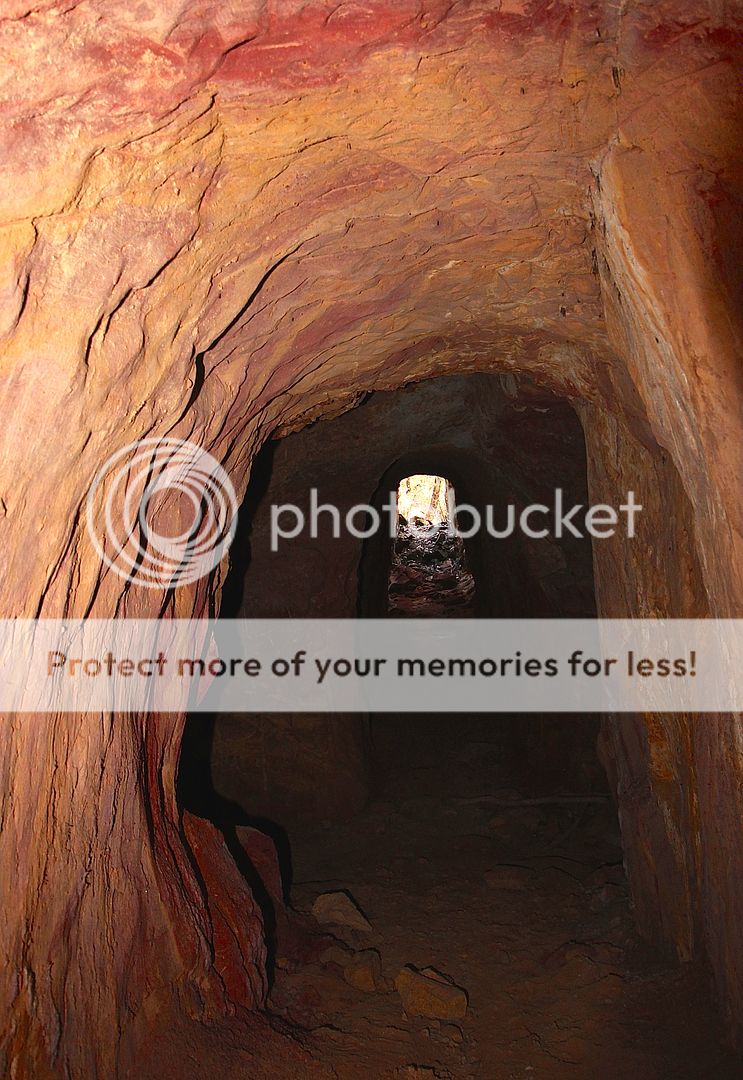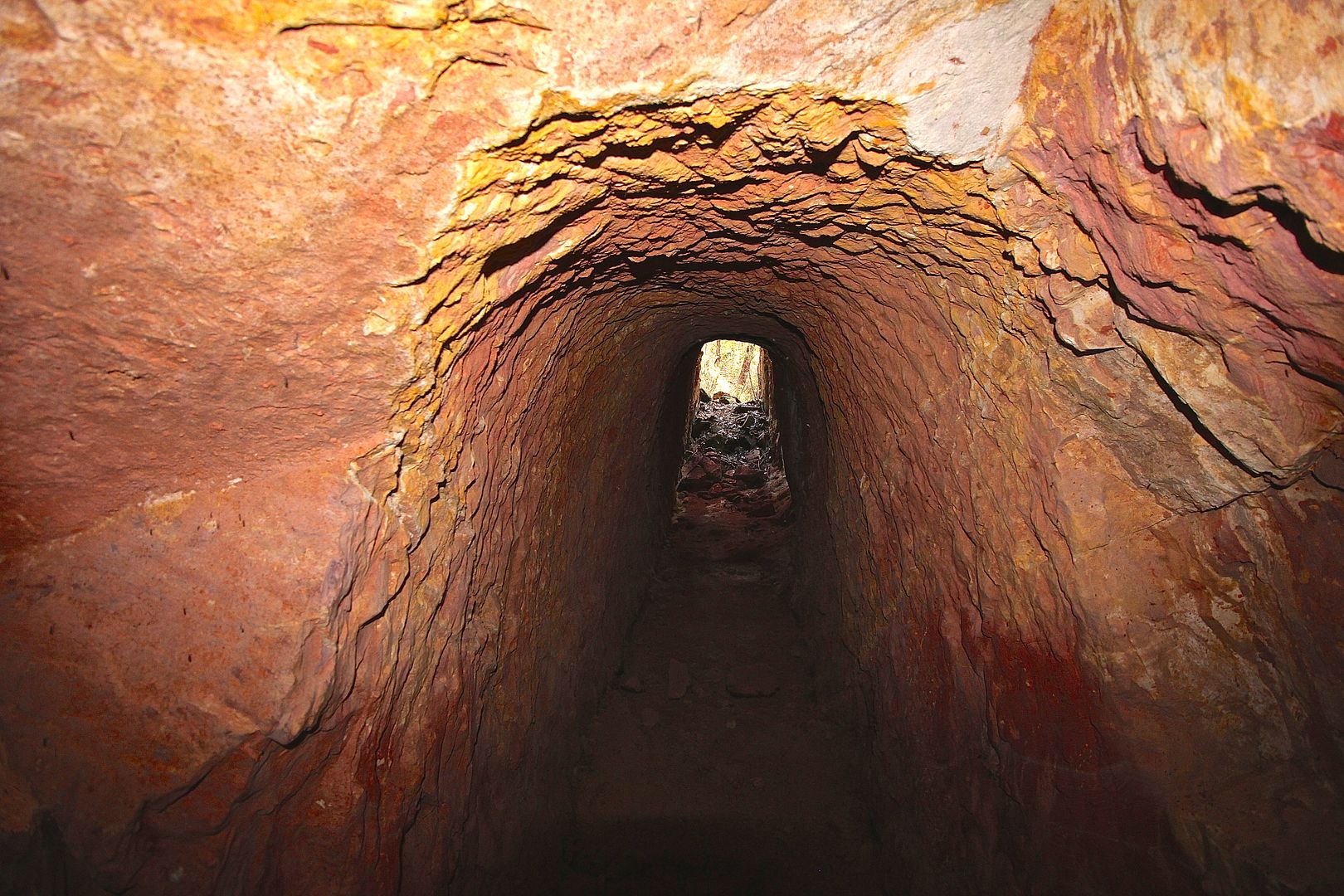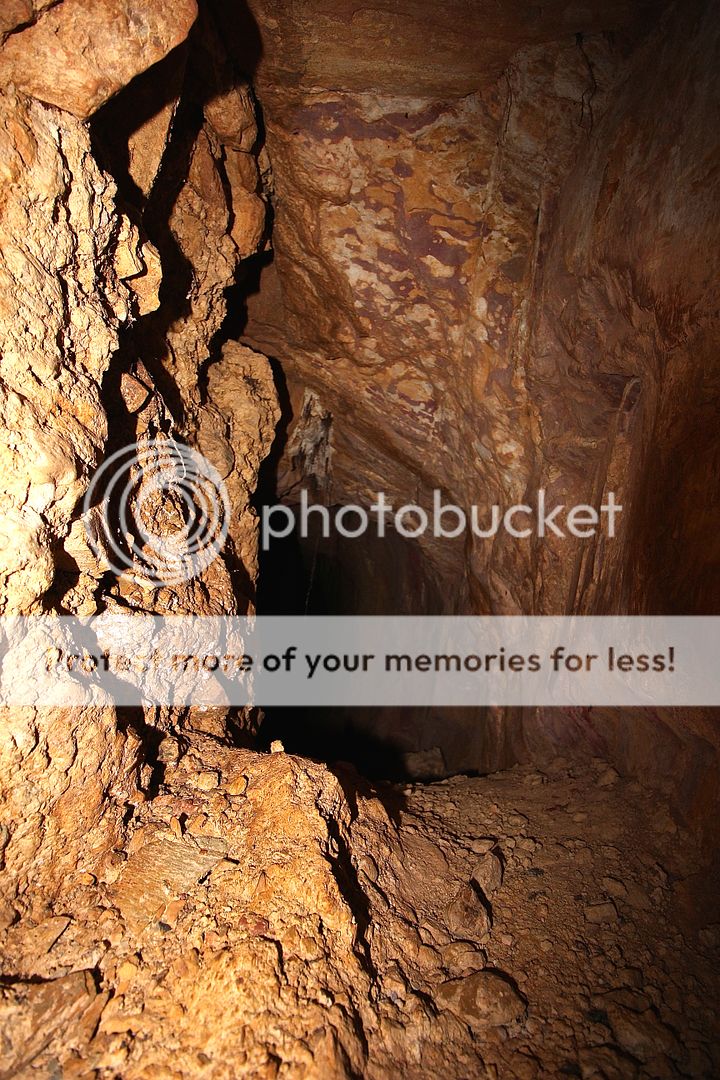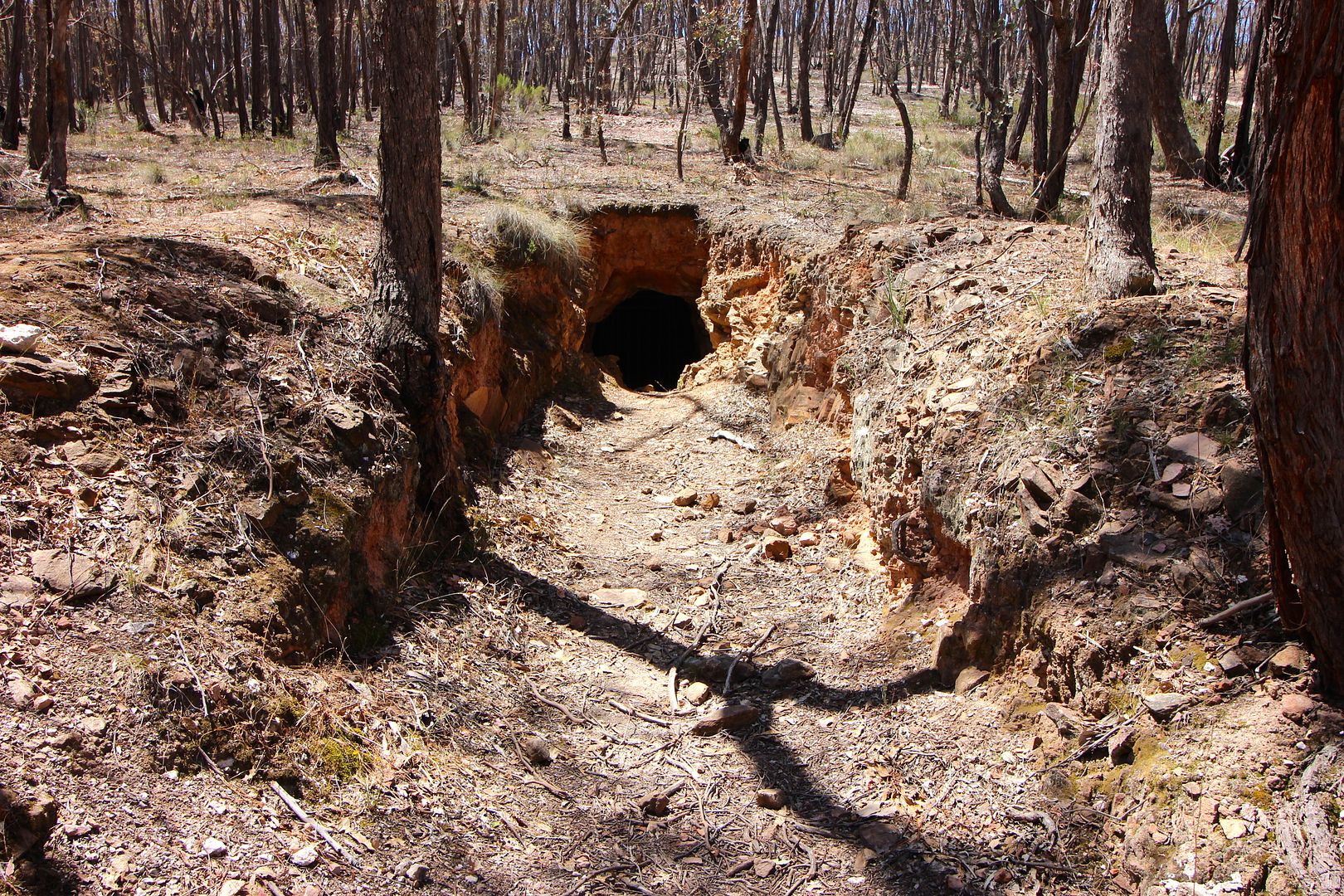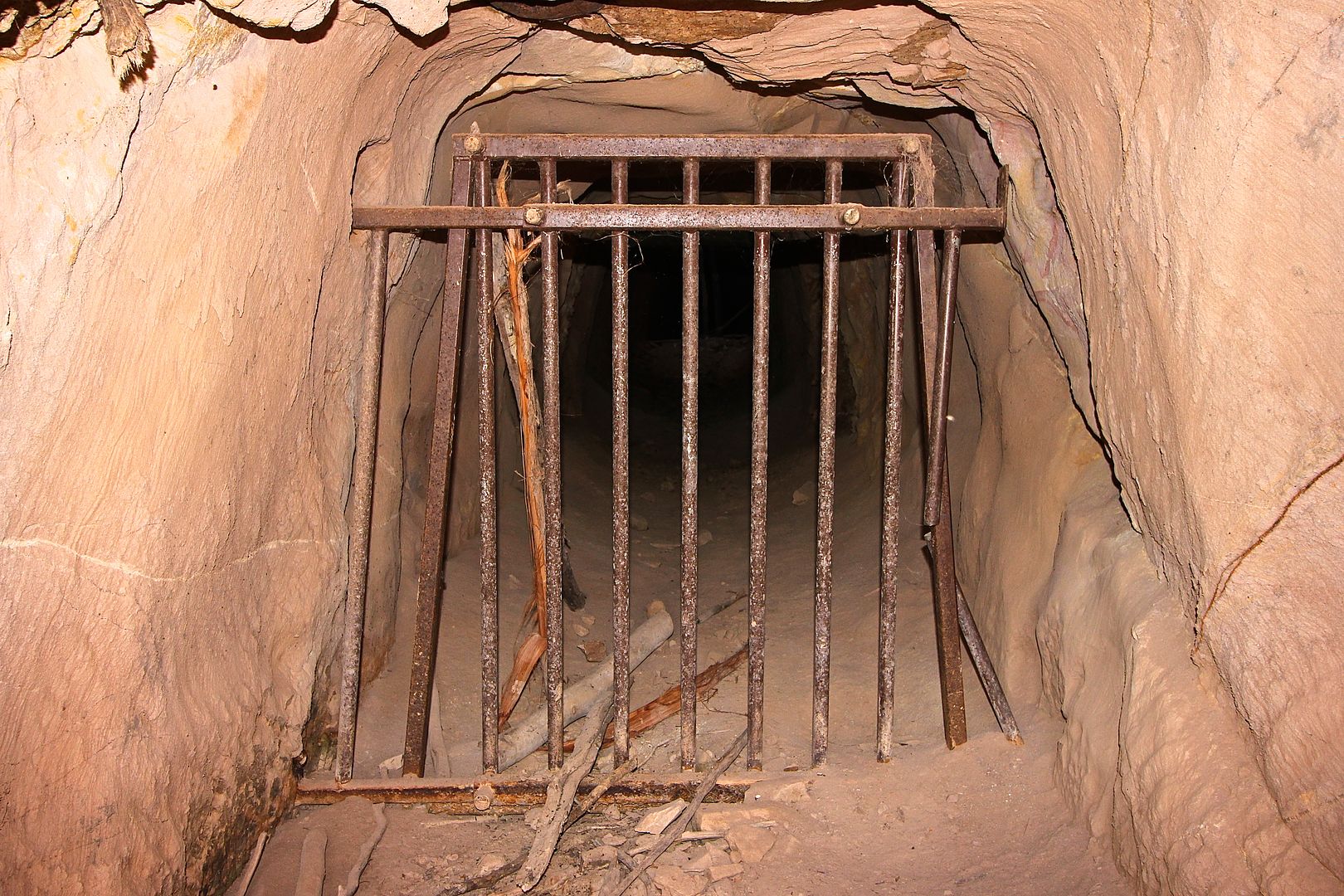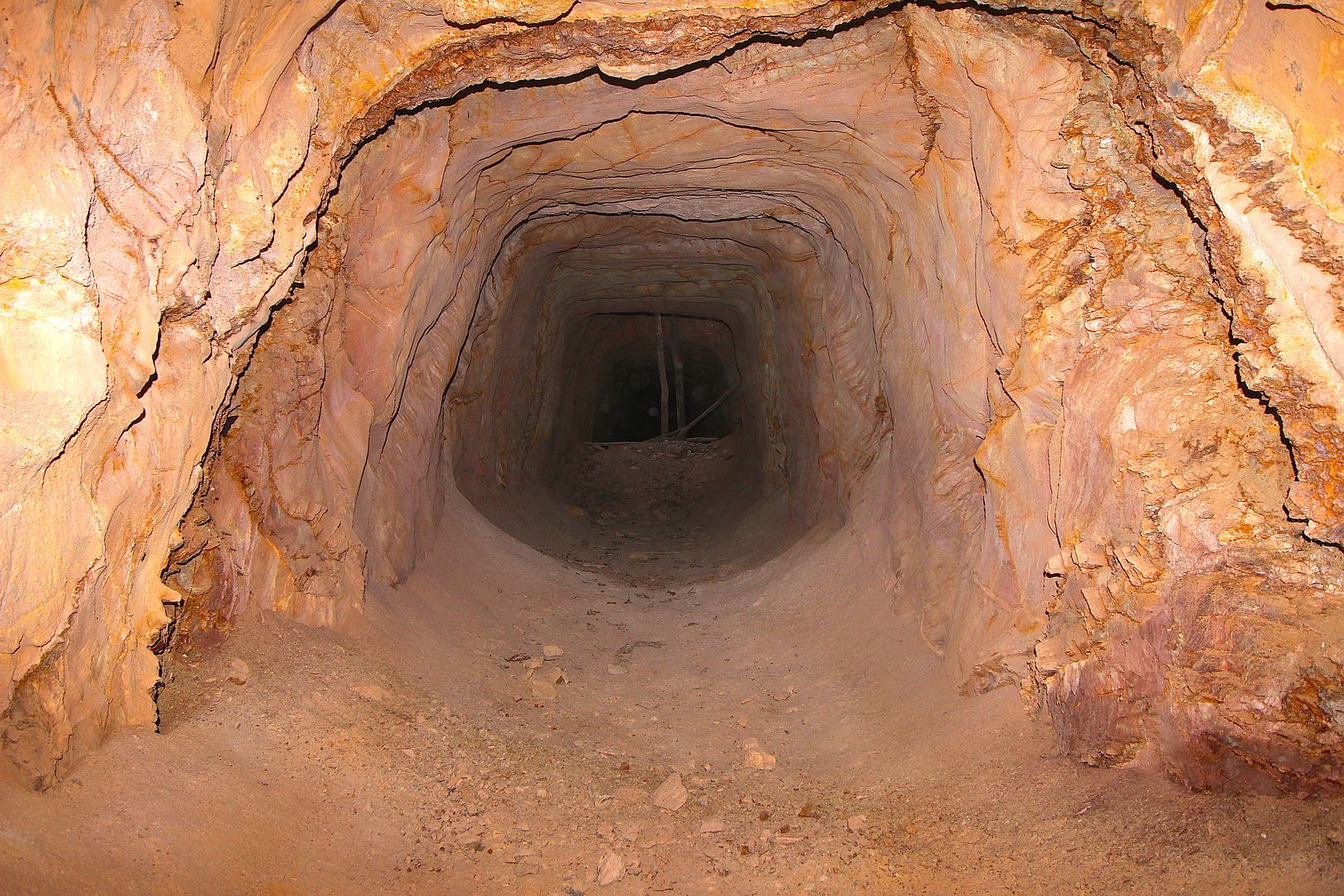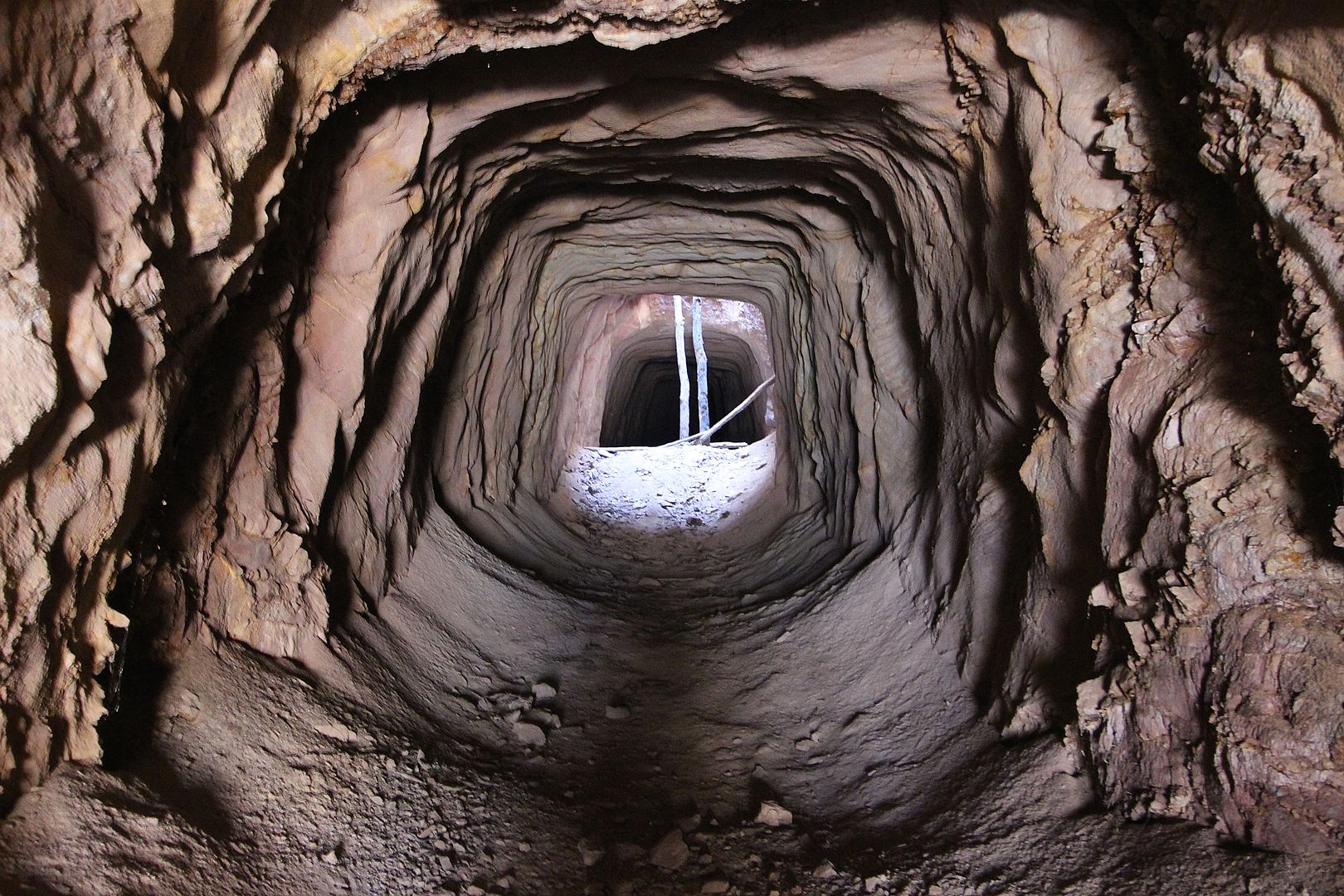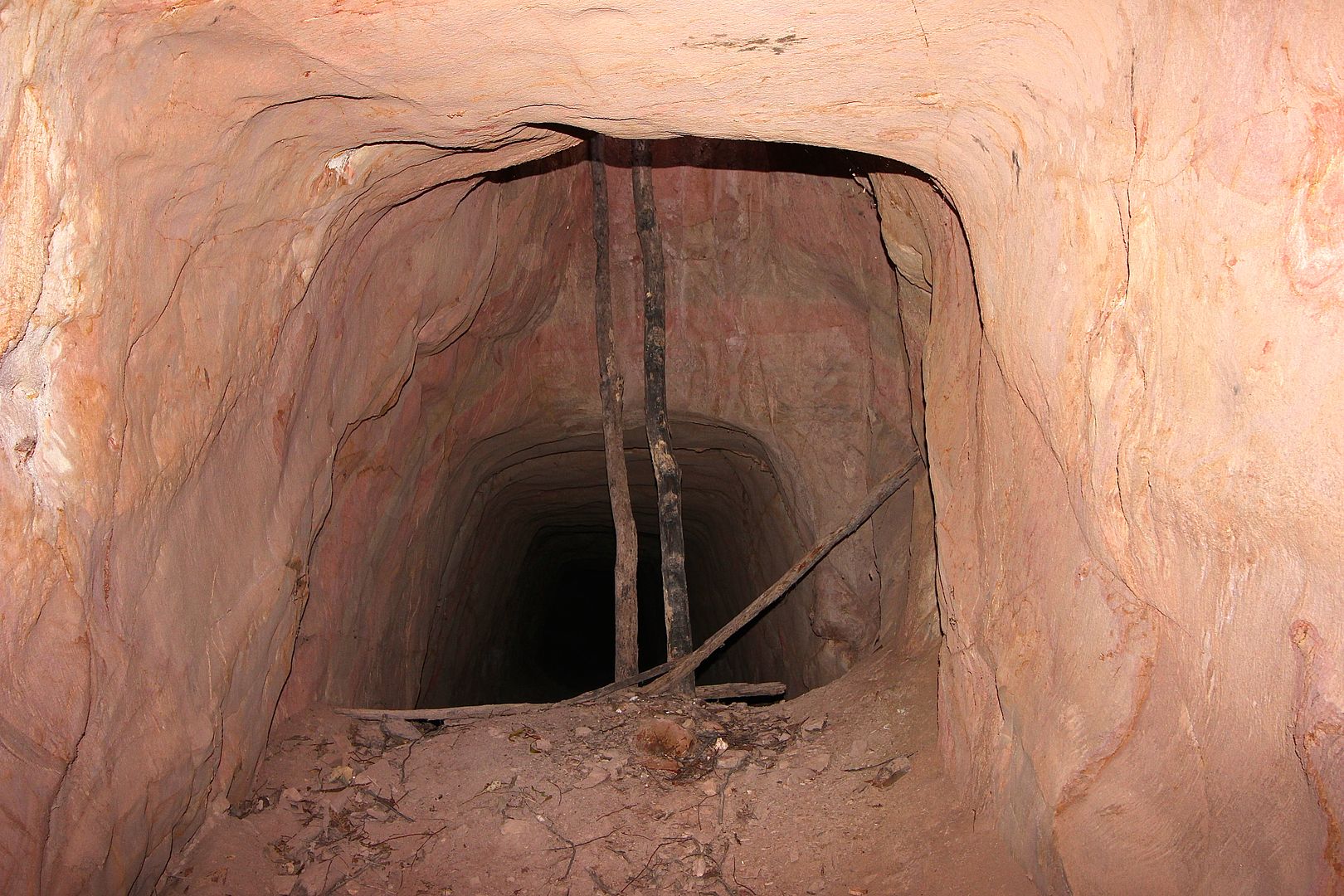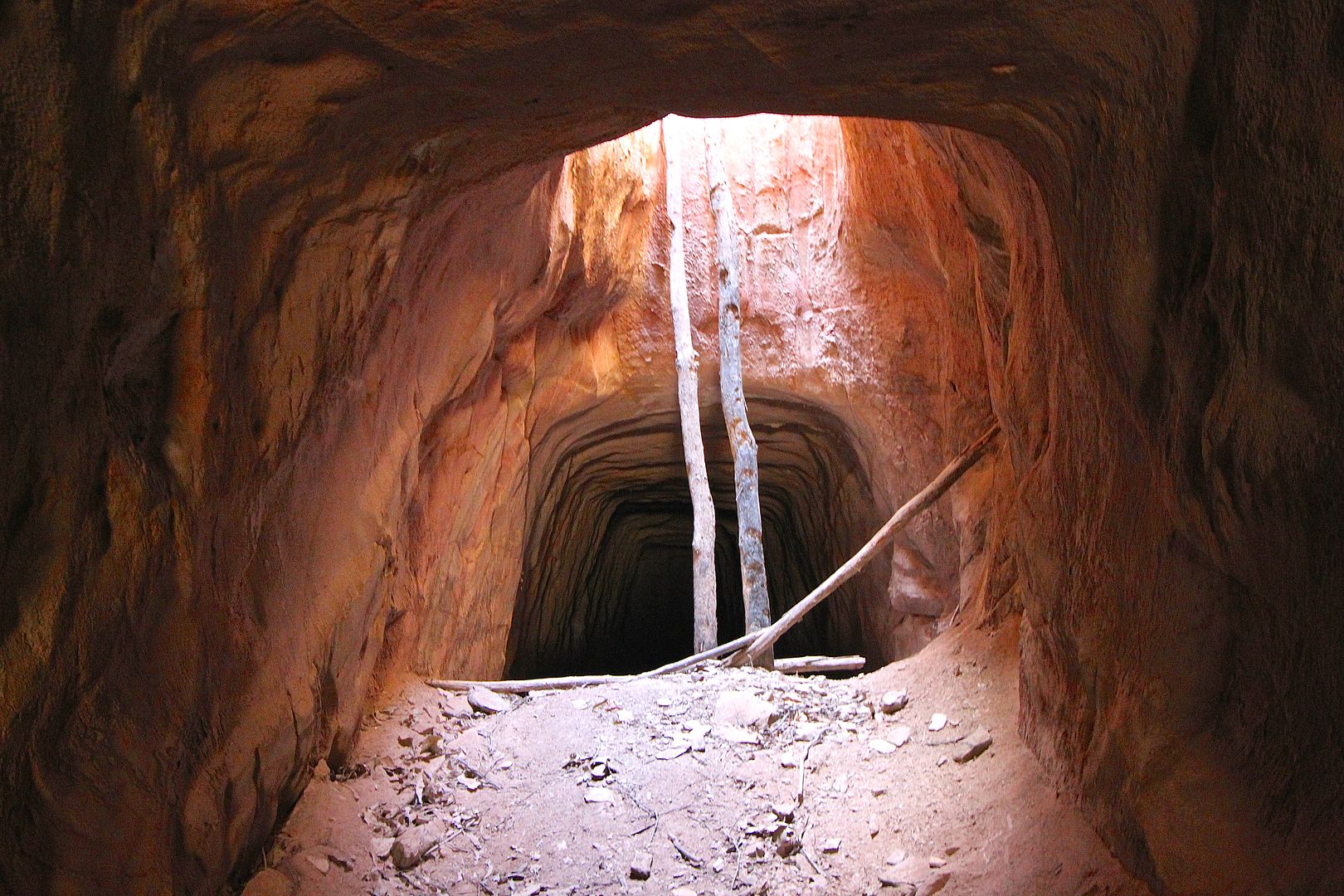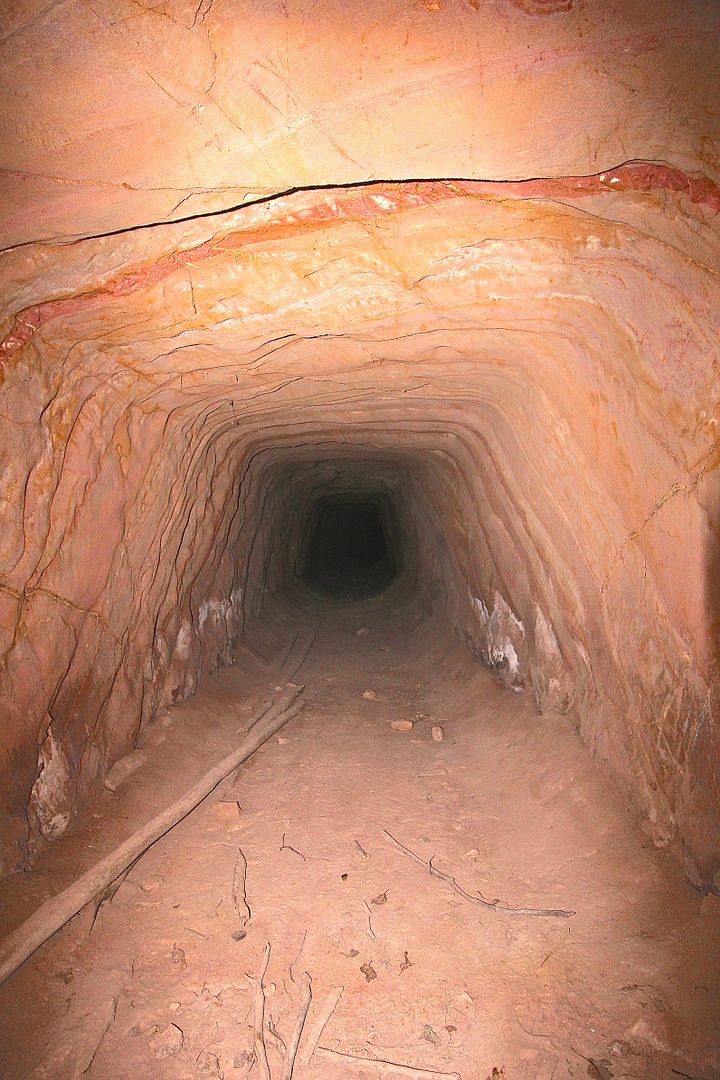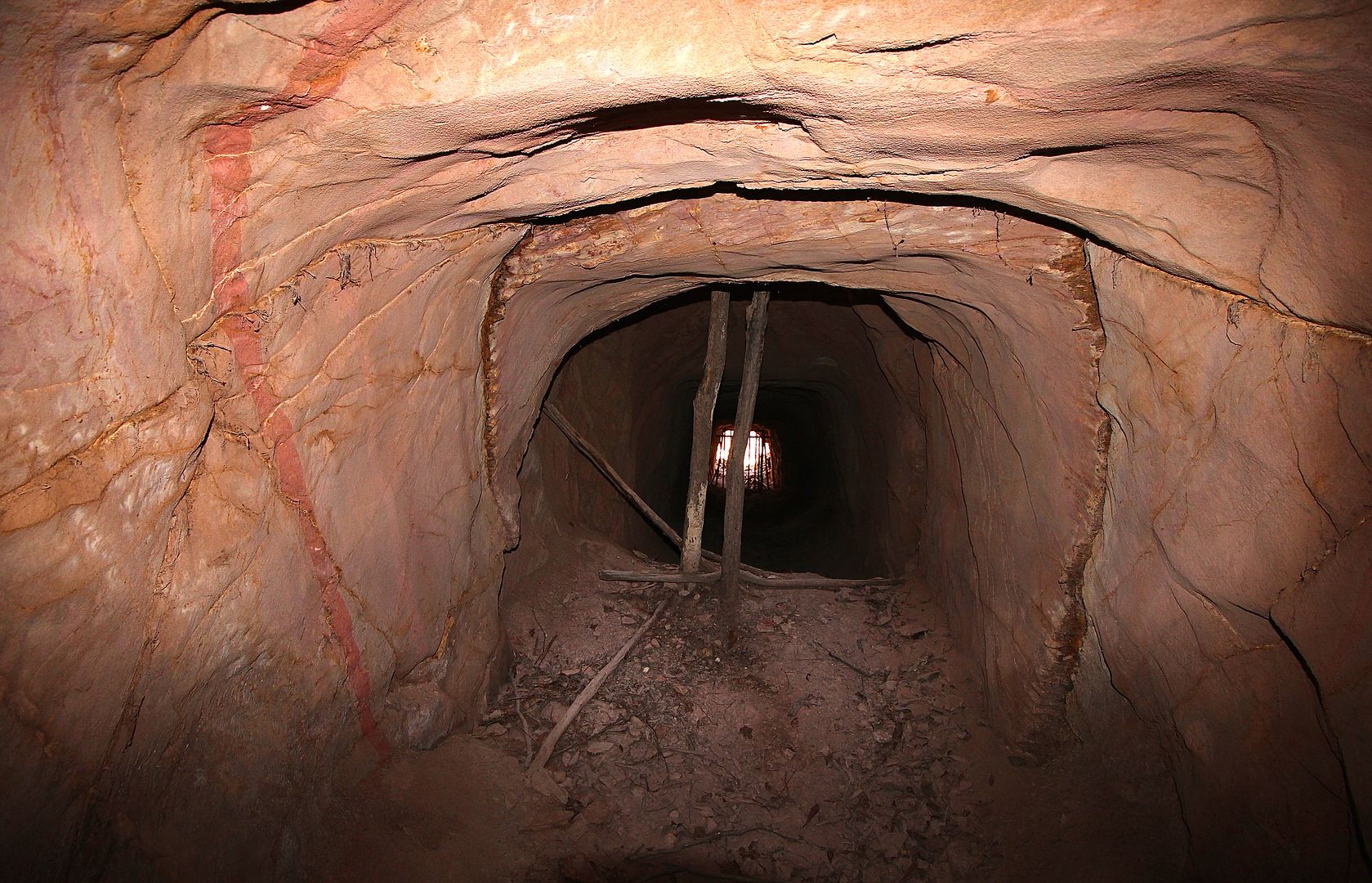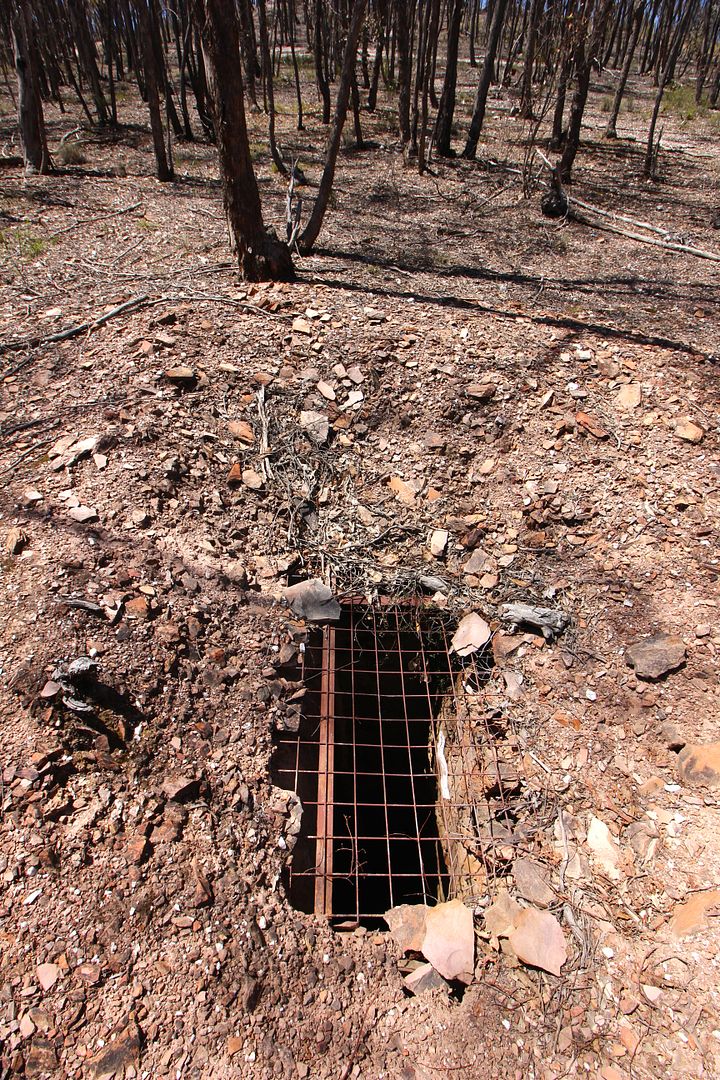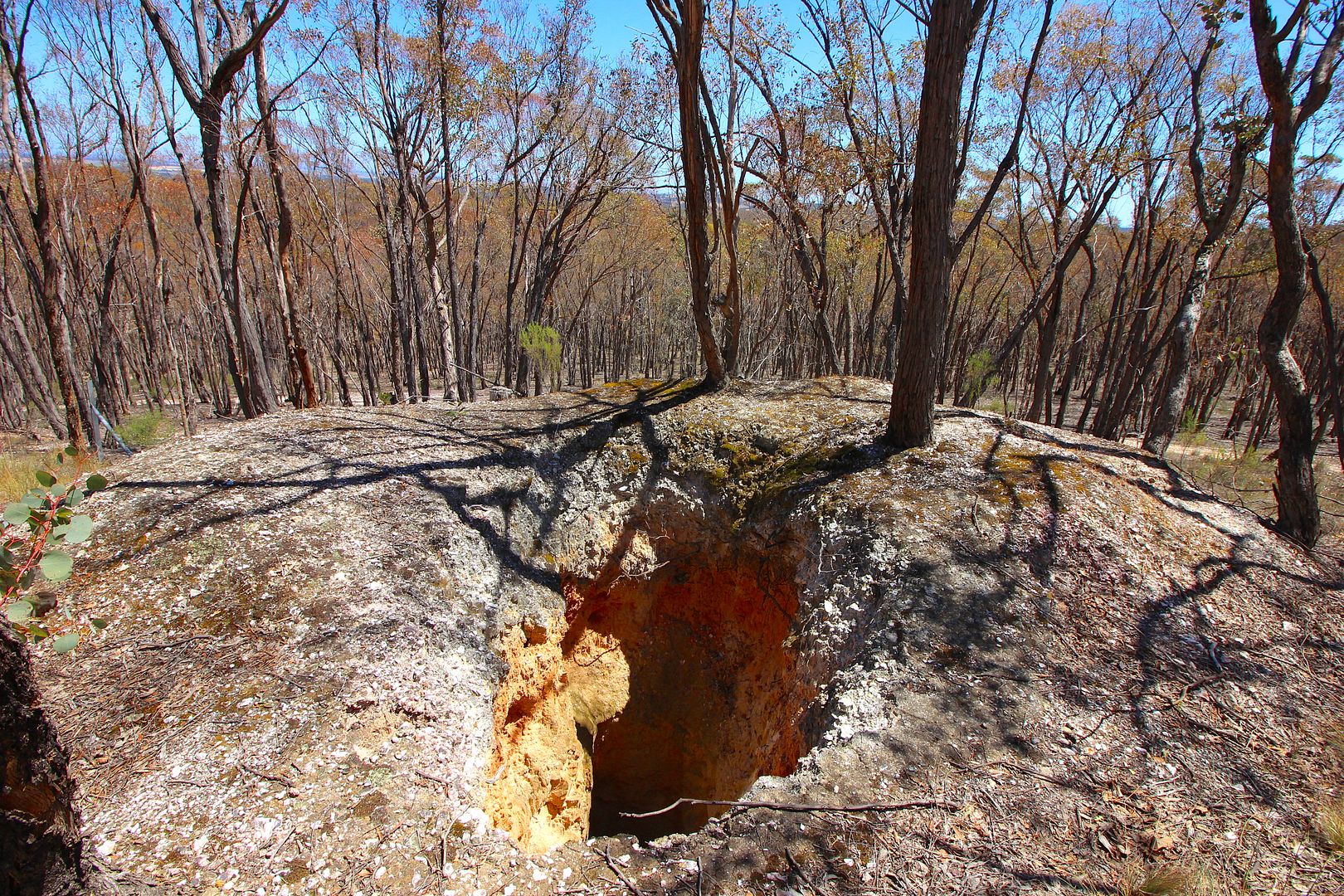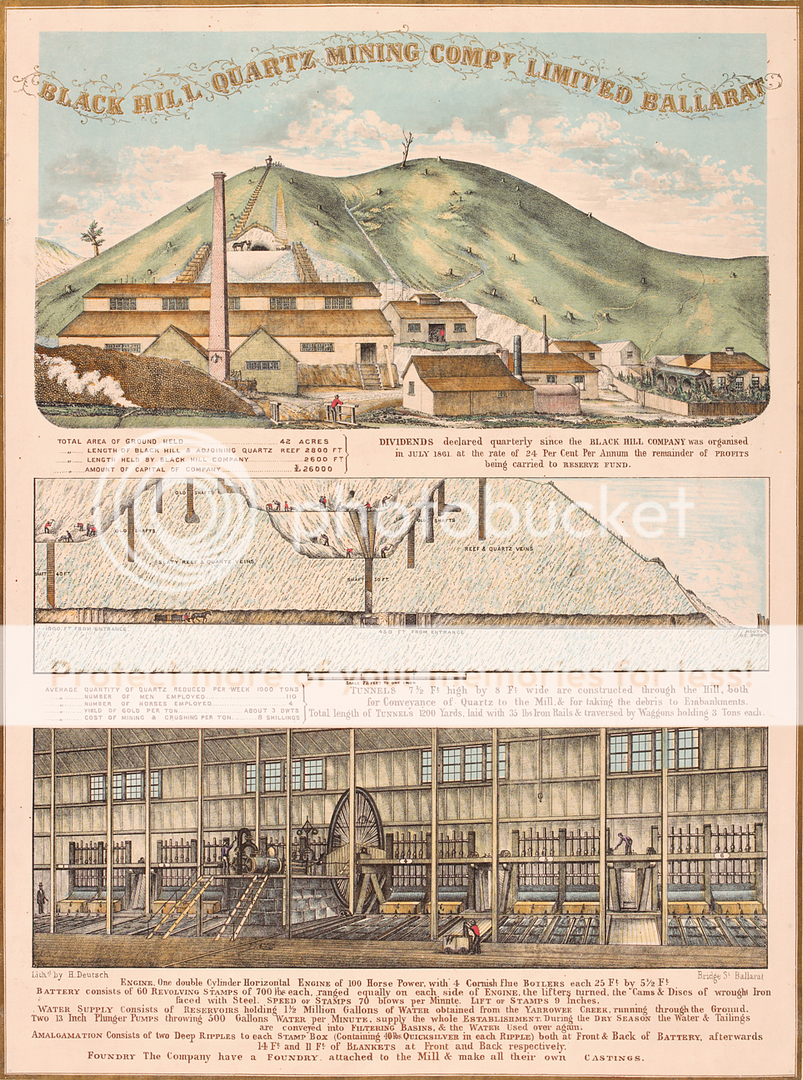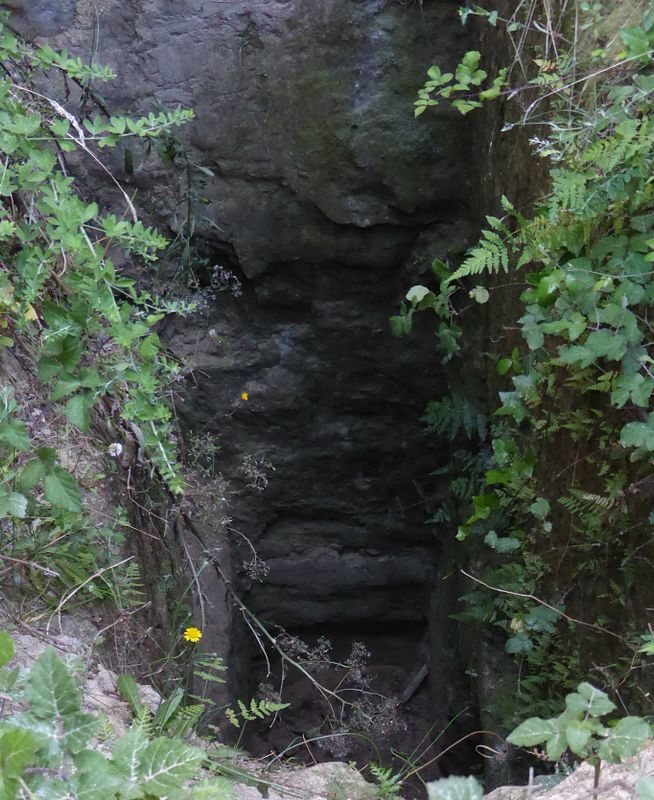Black Hill
Interested in hearing from anyone that has information regarding Black Hill. Trying to find the entrance to the main drive that runs underneath from south to north. The notes attached are from The Star Nov 7 1861.
http://i1266.photobucket.com/albums/jj539/dean6500/1862-circa_Black_Hill_Quartz_Mining_Compy_Limited_Ballarat_by_Herman_Deutsch_zpsfad7e25a.png
The new crushing
mill is being built on a platform, excavated
from the rocky side of the hill, and nearly
half-way up the hill, reckoning from the
creek level, and from this elevation there
Fix this text
will of course be a capital off-run for the
debris from the batteries, while the batteries
will be supplied with stone by tunnels and
shoots, also worked with ease, on the still
higher levels above the batteries. The new
At
the back of the batteries the depth of the
excavation in the hill side varies from 25 to
35 feet, chowing a solid wall of sandstone,
whose original line of cleavage has been
tilted up from a horizontal to a vertical
position. Above the top of this excavation
the shoot in course of construction to supply
the hoppers passes up to another platform
excavated at a depth of 123 feet from the
summit of the bill, at which level the main
tunnel enters the bowels of the hilL Blocks
of reef from the tunnel are here utilised in
thc shape of a wall, serving as a secure face
to the front of the platform, and support to
the timbers of the mouth of the shoot. This
shoot will have several branches with doors
at the bottom, by means of which the quartz
may be turned on, so to speak, at
any part of the range of batteries, east or
west. we will enter with Mr Pritchard,
the compauy's manager, the main tunnel
from the platform supported by the wall of
sandstone blocks aforesaid. This tunnel is
cut out, as are all the rest, of the solid sand
stone reef, traversed as it 6 by interlacing
veins of quartz, narrowing out in some places
to a mere thread, and thickem'ng in others
to solid bodies of gold bearing stone. The
tunnel is 7 feet wide and 7 feet bigb, and is
rounded at the top, and perfectly dry, ex
cepting in one or two places where a little
moisture creeps down, per favor of the
quartz veins running down from the sur
lace. Tlie " country" being thus free from
moisture there is no timber U6ed in the
tunnel, except at those places where the
drip has rendered the stone liable to dis
placement. After providing ourselves with
lights, we traverse the first 400 feet, and
then tome to a crypt-like double arch, where
the tnnnel divides into two branches, a tri
angular pillar block standing in the fork,
behind which a short tunnel connects the
two lines of tunnelling, and will serve even
tually as a shunting place for changes of
trucks. The main tunnel we have traversed
entered the hill in a northerly direction, at a
depth of 123 feet from the hill top, and at
the branch one line goes off to the west to
the company's main shaft, the other proceed
ing along the eastern boundary of the Inde
pendent Company's claim to the centre of
the company's crown claim, at th foot of
what is known as Fisher's shaft, being the
claim bought from Messrs Fisher, Walker,
and Deighton. This claim is on the
very apex of the hill, and the dis
tance we have walked under tbe hui
is 800 feet. The whole of this tunnelling is
well-ventilated by the two shafts mentioned.
Leaving these runnels and ascending the
bili to Fisher's shaft, we have in view the
open cutting before mentioned. This cut
ting 35 feet deep, 25 feet wide at the toi
and io feet wide at the bottom, and 1
entered from the west ide of the hillrunnin
m a straight line to Fishera shaft. This i
the excavation which is eventually to cot th
bul in two, Fisher's shaft being reserved a
a hopper, down which the stone wai b
thrown to the main tunnel below, the shat
itself being cutaway as the excavation pro
ceeus in its course of bisection. Paasini
nt , of "this cutting westward int
Black Hill Gully to a depth o
75 feet from the hui top, we come t
another .tunnel running in from th
side of the gully through the solid rock, j
durance of 317 feet to the company's mab
shaft already mentioned, down which tfai
stone wai be thrown to the main tunnels, ii
tile same way as from the open cutting a
Fisher's shaft on the higher level This last
mentioned tunnel has a very pretty appear
ance from being'cut through the transverse
section of the sandstone, and being wei!
lighted from the mouth. In all the tunnel:
and cuttings the company has laid down
rails with a 4} feet guage, rails weighing
30 lbs to the yard, and traversed by regular
railway looking trucks, holding each three
tons of stone. The gradient in the tunnels
is I in 100, by which the loaded trucks tra
verse the lines by their own momentum,
horses being employed to draw back the
empty trucks. All the tunnelling and cut
ting has been done by contract, the former
at an average of 11s per lineal foot, and the
latter, from which 3000 cubic yards have
been taken, at a cost of 14d per cubic yard.
Four gangs of tunnellers were at work simul
taneously, driving to meet one another, and
this accounts for the rapidity with which
the work has been executed.






